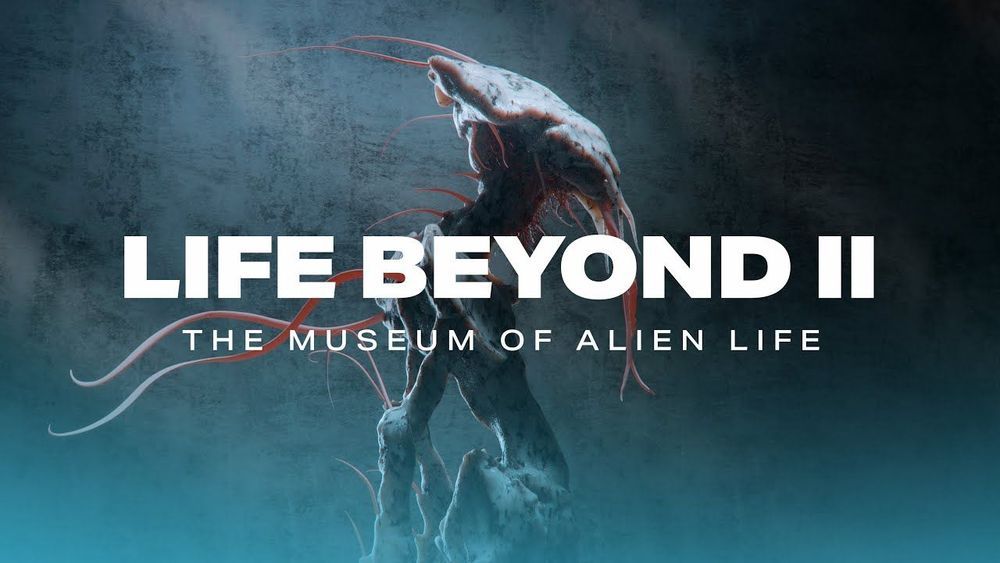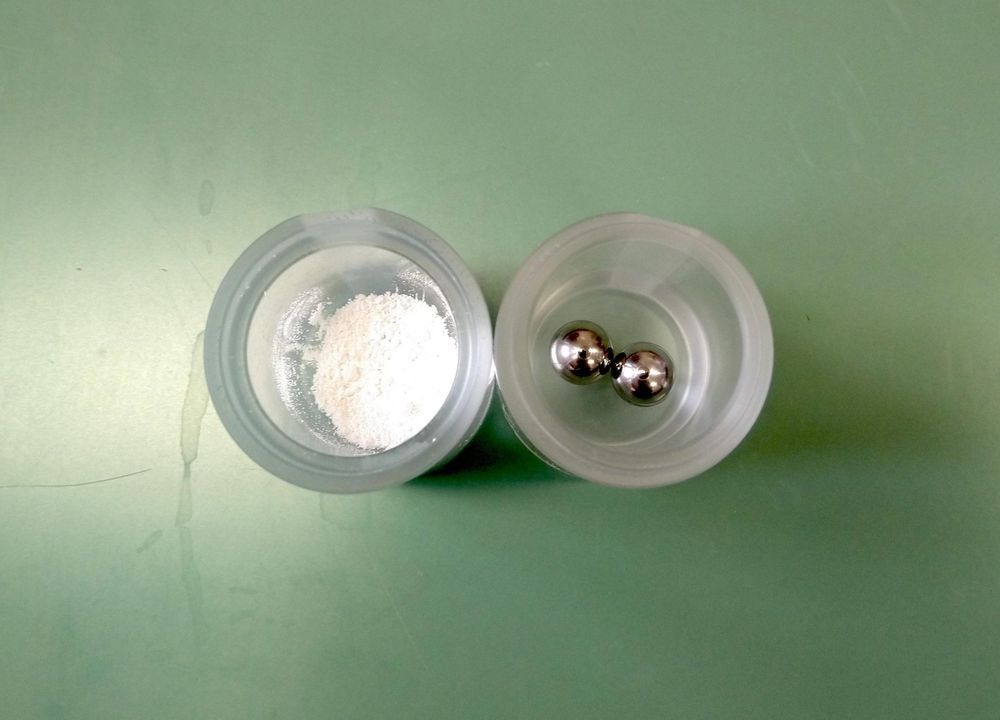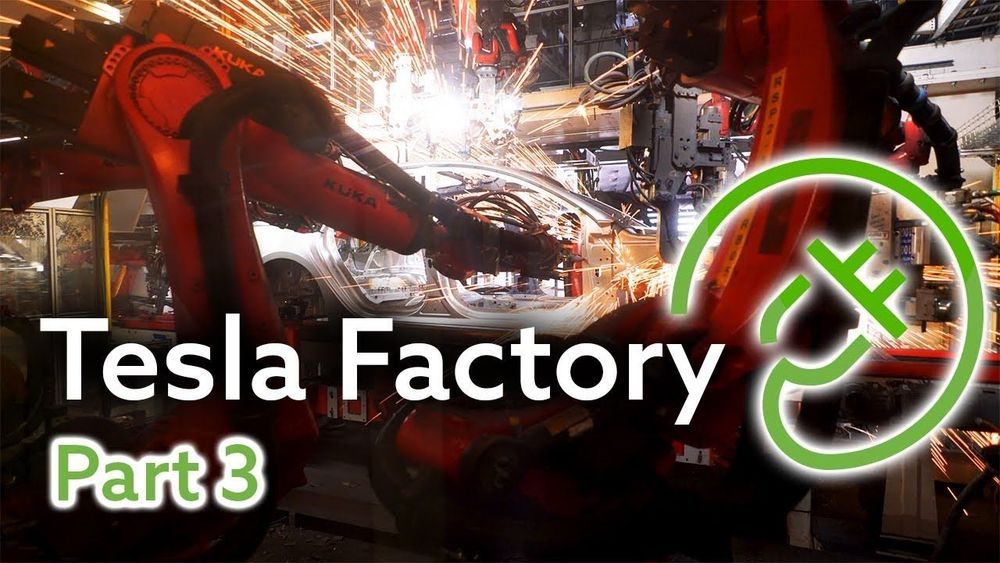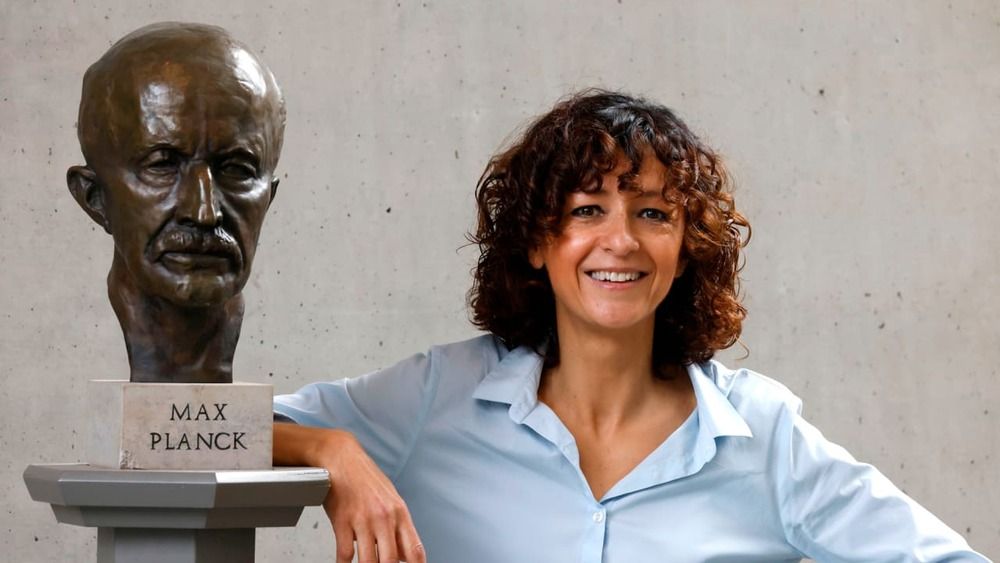Oct 11, 2020
US Army testing augmented reality goggles on dogs
Posted by Malak Trabelsi Loeb in categories: augmented reality, military
The US Army is testing augmented reality goggles on its service dogs in hopes to allow troops to give orders remotely.
Pooches are commonly deployed to sniff out explosives, hazardous materials or to assist in rescues. The tech would retrofit special safety goggles military dogs already wear with live cameras and visual indicators so handlers can issue specific directions – allowing the dogs to work without putting soldiers in danger.
“Augmented reality works differently for dogs than for humans,” said Dr. Stephen Lee, an Army Research Office senior scientist in a statement. “AR will be used to provide dogs with commands and cues; it’s not for the dog to interact with it like a human does. This new technology offers us a critical tool to better communicate with military working dogs.”


















